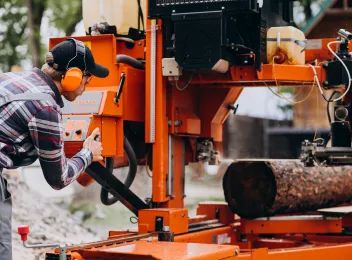

- Home
- Company
- NEW
Products
Products
- Industry 4.0
- Grinding Machines NEW
- Lapping Machines for profiled hard-metal inserts
- Production grinding machines
- Sharpening machine for domestic knives and scissors
- Sharpening Tools
- Accessories
- Special execution
- Ultrasonic washing machine
- Sanding machine for circular knives
- Sharpening Machines HSS Businaro
- Video Tutorial
- Video References
- Sales
- Resellers
- Services
- News
- Contacts
- Ask for a quote
- MVM Engineering
 English
English Italiano
Italiano Deutsch
Deutsch Français
Français Español
Español Русский
Русский 中文版本
中文版本 日本
日本






















